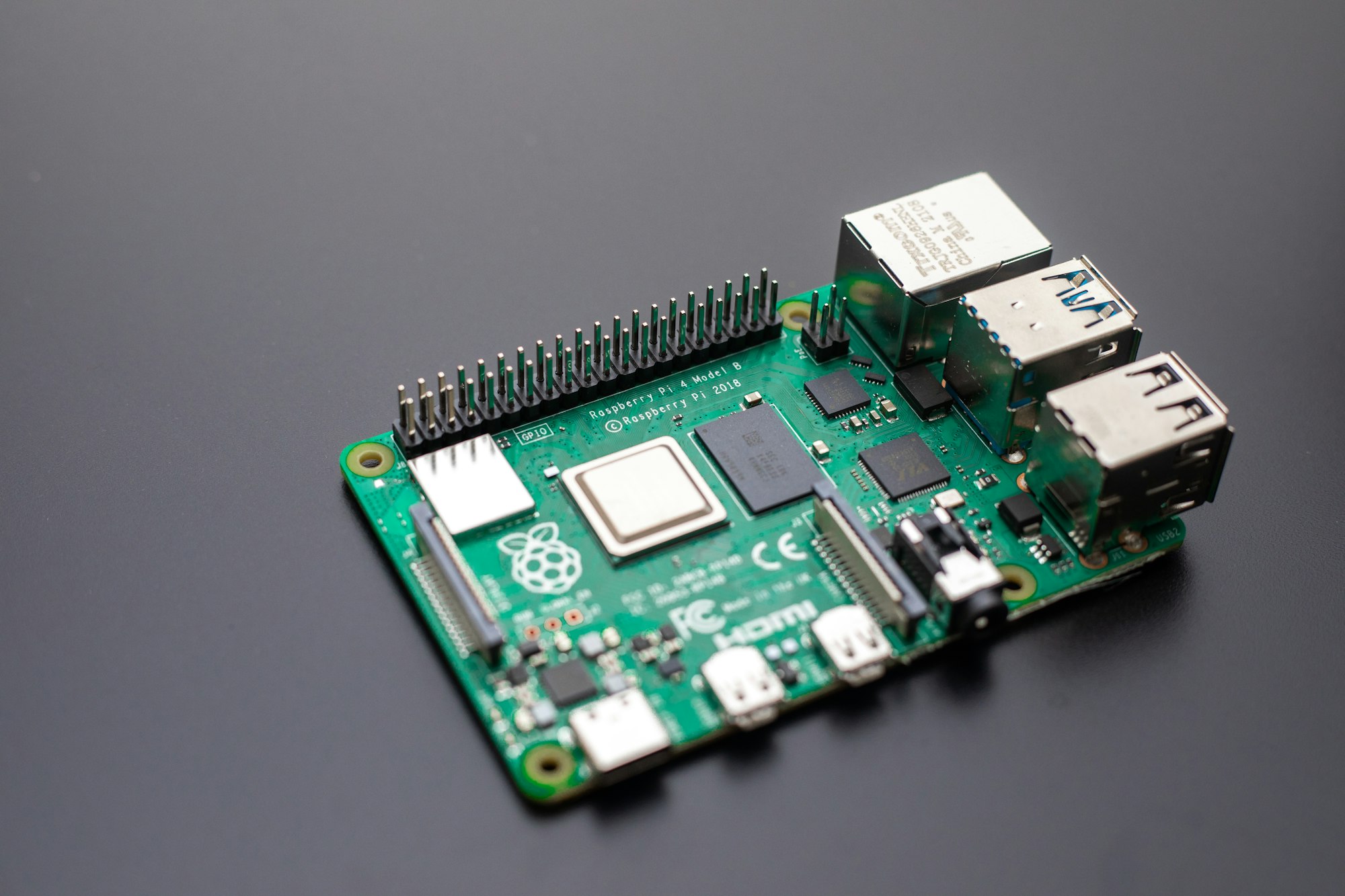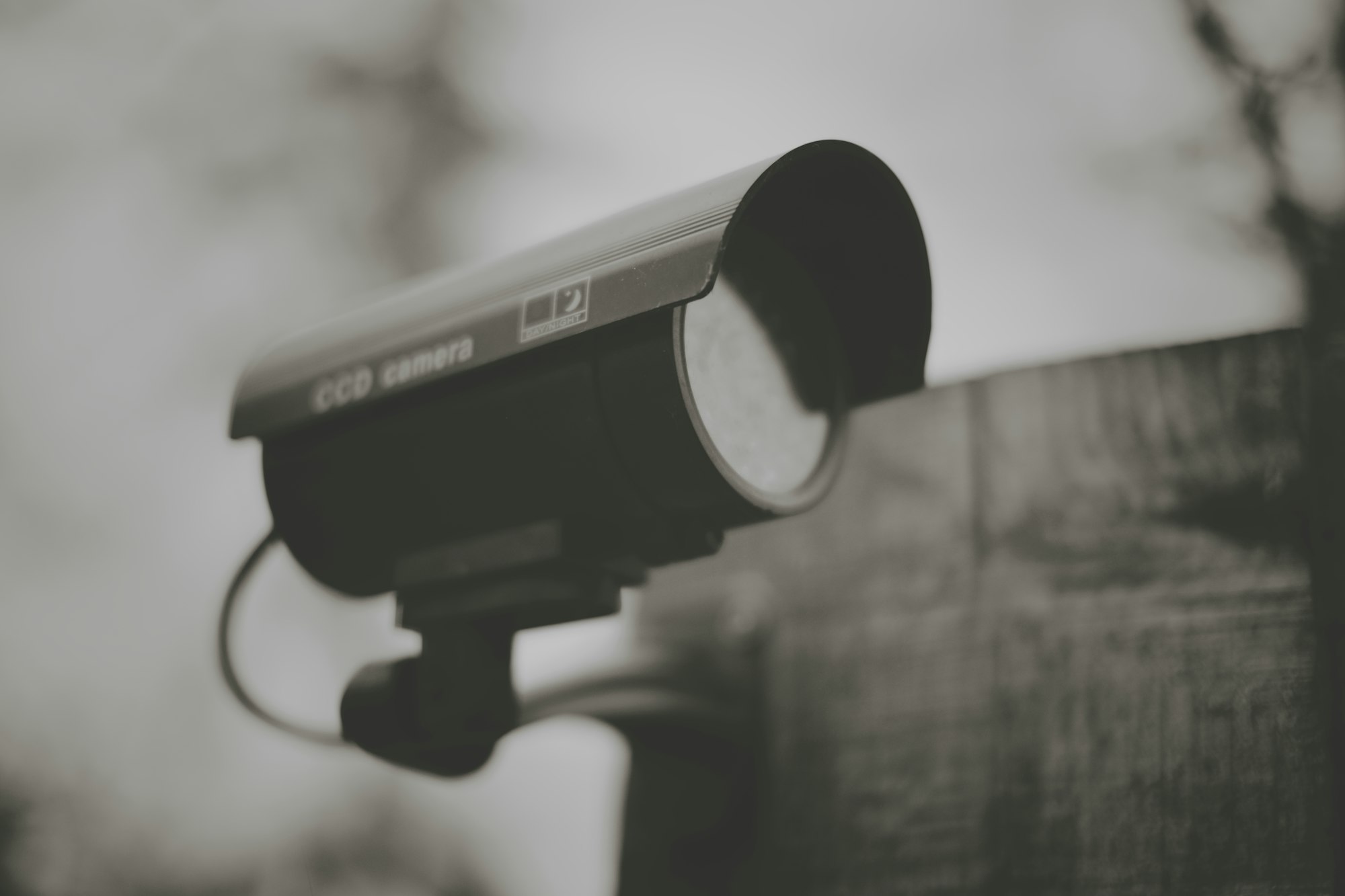Raspberry Pi and Sony Unveil AI-Powered Camera Module—DIY Creators, Assemble for the Next AI Innovation Wave!
Table of Content
Raspberry Pi and Sony have developed the Raspberry Pi AI Camera module, which the microcomputer maker has launched for $70.
The camera comes with AI processing, which could help users develop advanced AI solutions that process visual data with ease.
The new camera builds on Raspberry Pi’s plans to offer chips and add-ons for AI developers, after the company previously released several non-AI camera modules since its first 5-megapixel camera in 2013.
“AI-based image processing has become an attractive tool for developers around the world,” Raspberry Pi CEO Eben Upton said in a press release. “We look forward to seeing what our community members can achieve using the power of the Raspberry Pi AI Camera.”
The AI Camera is compatible with all Raspberry Pi single-board computers, and combines on-chip RAM, the Raspberry Pi RP2040 microcontroller chip, and a Sony IMX500 image sensor that handles AI processing.
This combination eliminates the need for additional components, such as accelerators or a GPU, that are typically required for camera modules to handle large-scale visual data.
The Raspberry Pi AI Camera has a resolution of 12.3 megapixels, and is capable of capturing footage at 10 frames per second at 4056 x 3040 pixels, or at 40 frames per second at 2028 x 1520 pixels.
The Raspberry Pi AI Camera, compatible with all Raspberry Pi computers, features Sony's IMX500 Intelligent Vision Sensor, enabling the creation of powerful vision AI applications. With its built-in AI processor, users can run neural network models directly on the camera, simplifying the development of machine vision systems.
Raspberry Pi’s integrated camera software stack makes it easy for developers to deploy both pre-packaged and custom neural network models with minimal setup. The platform provides flexibility for DIY enthusiasts and prototypers looking to harness AI for vision-related projects.
The AI Camera module comes pre-installed with MobileNet-SSD, an object detection module that can run in real time.
The AI camera module also features manually adjustable focus, a 76-degree field of view, and measures 25mm x 24mm x 11.9mm, making it almost identical in size to the third camera module the company released last year.
Raspberry Pi is still selling the third camera module, which has a resolution of 12 megapixels with a Sony IMX708 image sensor, mounted via a small add-on board that you can pair with the company’s computers using a ribbon cable.
Since the company promises to keep production going for many years, the third camera module is still available for around $25.
In addition, users can scale their AI models and applications developed on the Raspberry Pi AI Camera to enterprise-level deployments with AITRIOS, Sony’s AI sensor platform. This opens opportunities for projects ranging from smart home systems and security solutions to industrial applications and beyond, leveraging the same foundational AI technologies for larger-scale implementations.
The Best Use-cases for the New AI Camera Module from Raspberry Pi
The Raspberry Pi AI Camera module, designed for DIY creators and prototyping, offers a wide range of applications due to its built-in AI processing capabilities.
Here are several potential applications with examples:
1. Home Security and Surveillance Systems
- Example: Build a DIY smart security camera that can detect motion, recognize faces, and even alert you when it detects unusual activity. You could integrate this with a Raspberry Pi and software like OpenCV for real-time video analysis.
- Feature: AI-powered object detection and facial recognition.



2. Autonomous Robots and Drones
- Example: Incorporate the AI camera into autonomous robots or drones to enable object tracking, obstacle detection, and environmental awareness. For instance, a robot could use AI to recognize and pick up objects.
- Feature: Real-time object tracking and pathfinding.
3. Traffic and Vehicle Monitoring Systems
- Example: Deploy a prototype traffic camera that monitors vehicle speed, counts cars, and even identifies types of vehicles, aiding smart city projects or automated toll systems.
- Feature: License plate recognition and vehicle classification.
4. Smart Farming and Agriculture
- Example: Use the AI camera for precision agriculture, such as monitoring plant health, detecting pests, or automating irrigation systems based on soil or crop conditions.
- Feature: Automated plant and animal recognition for optimized farming.
5. DIY Smart Doorbell
- Example: Create a smart doorbell that uses facial recognition to identify visitors and send alerts to your smartphone. Integrate it with a Raspberry Pi to build an affordable smart home solution.
- Feature: Facial recognition and visitor alerts.
6. Wildlife Monitoring
- Example: Set up an AI-powered wildlife camera in remote locations to monitor animal behavior, identify species, and capture rare sightings.
- Feature: Object detection and automated image capturing of wildlife.
7. Interactive Art and Installations
- Example: Use the AI camera in art installations to detect human movement and interactions, creating interactive experiences that respond to the presence of viewers.
- Feature: Human pose and gesture recognition.
8. Automated Retail Systems
- Example: Build a prototype self-checkout system that uses AI to recognize items and track customer interactions, similar to Amazon Go stores.
- Feature: Real-time object identification for retail automation.
These applications illustrate the versatility of the Raspberry Pi AI Camera module, making it an excellent choice for both hobbyists and professional developers in various fields.
Resources
- [Source]












